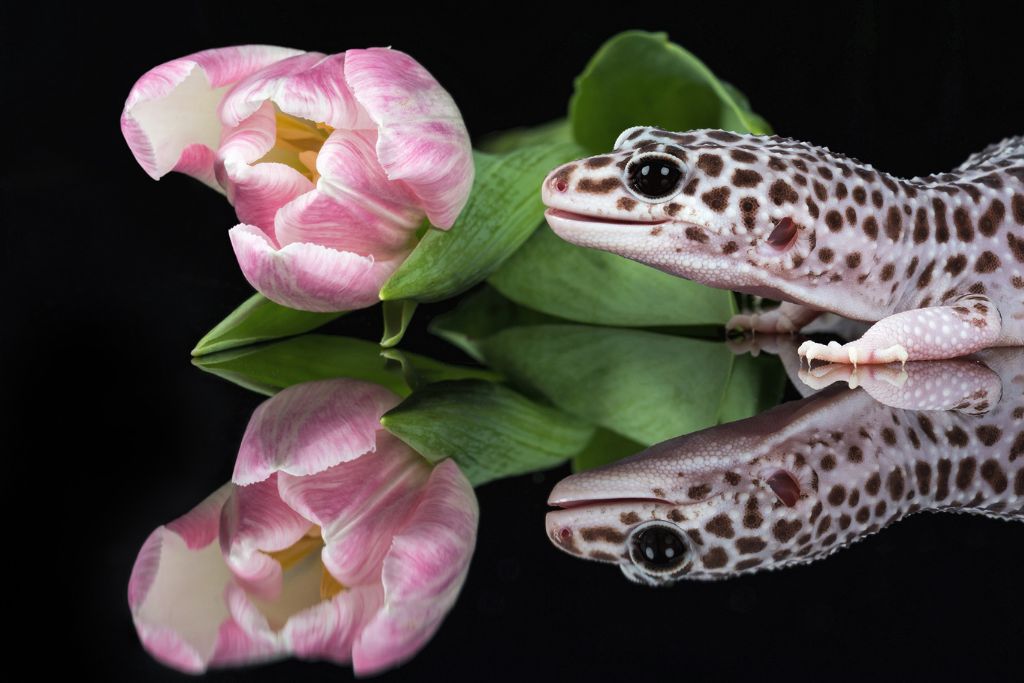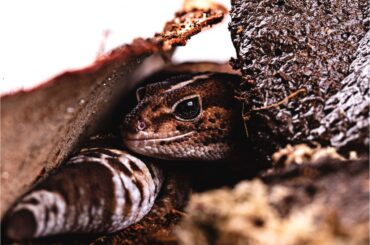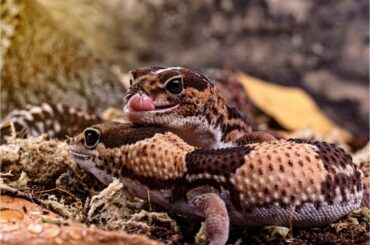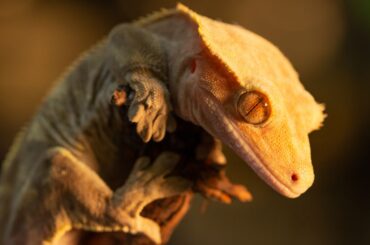Ever wondered how to keep your leopard gecko happy and healthy? Are you curious about what a “moist hide” is and why it is crucial to your little reptile friend? How about learning to create the perfect moist hide? It’s simpler than you think!
Meet the “moist hide,” a vital component of your leopard gecko’s habitat. This unique area in the gecko’s enclosure maintains higher humidity levels, helping these tiny creatures shed their skin correctly. Imagine it like a little spa where your gecko can relax and freshen up. Not just fun, it’s an essential part of their well-being.
In this article, we’ll walk you through an easy-to-follow guide to set up the perfect moist hide. It’s not rocket science; it’s a project filled with creativity and care. A happy, healthy gecko awaits the perfect moist hide you’re about to make!
Understanding Leopard Geckos’ Natural Habitat
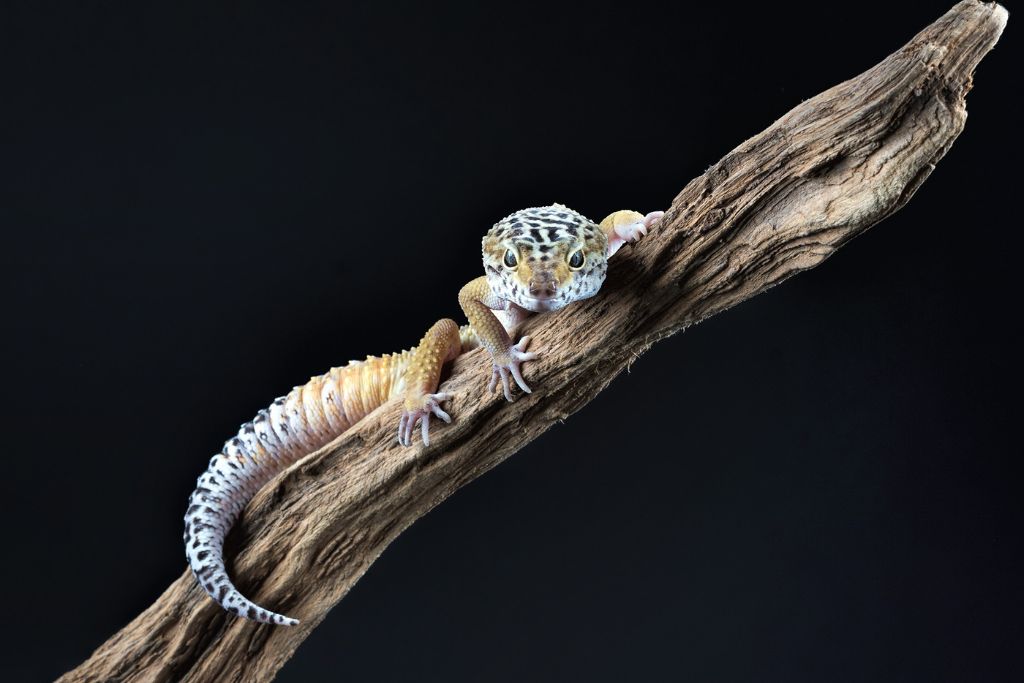
Out there in the wild, leopard geckos live in places that aren’t always wet or humid. Their home is mostly in the dry, rocky deserts of Afghanistan, Iran, Pakistan, and India. But wait, don’t they still need a place to hydrate and shed their skin? You bet they do! In these desert landscapes, they find moisture in cooler, more humid hiding spots.
When we bring leopard geckos into our homes as pets, it’s our job to mimic their natural habitat. It keeps them comfortable and healthy. The moist hide acts as a private mini-oasis, a piece of a desert haven right in your living room. Remember, a gecko’s enclosure without a humid hide is like a home without a bathroom.
Benefits of a Leopard Gecko’s Wet Hide
Let’s delve into the benefits a moist hide offers your leopard gecko. It’s not just about comfort but a real game-changer for their well-being.
Aids in Healthy Shedding
Moist hides assist in shedding, a process where geckos outgrow their old skin. Experts agree that a well-hydrated environment makes peeling off this old layer easier, helping them avoid issues like a retained shed.
Provides Hydration
Staying hydrated is vital to your gecko’s health. By soaking up moisture in the moist hide, they can avoid dehydration. Veterinarians often recommend this for maintaining a gecko’s hydration level.
Reduces Stress
A well-designed moist hide gives your gecko a secure place to rest and relax. Many animal behaviorists believe this sense of safety can help reduce stress in captive reptiles.
Encourages Natural Behavior
Moist hides promote natural behaviors, like digging and hiding, contributing to your gecko’s overall happiness. Reptile experts often note the importance of encouraging these behaviors in captivity.
Can Assist in Digestion
A hydrated gecko is a gecko with a better digestive system. Many studies suggest sufficient hydration can help prevent digestion-related issues like impaction.
Enhances Color and Appearance
Believe it or not, an excellent moist hide can make your gecko look better. Vets have noted that well-hydrated geckos often have more vibrant colors.
May Improve Longevity
A properly maintained moist hide could lead to a longer life for your gecko. While there aren’t specific studies proving this, many experienced keepers observe that geckos living in well-maintained habitats tend to live longer, healthier lives.
Materials Required for Making a Moist Hide
Ready to start building your leopard gecko’s dream moist hide? Let’s gather the materials first. Remember, preparation is critical, just like cooking!
- Plastic Container: You’ll need a clean plastic container. Make sure it’s big enough for your gecko to fit in comfortably.
- Craft Knife: A craft knife will help you cut an entrance into the container.
- Heat-Proof Tape: Use this to smoothen out the cut edges of the entrance. It will prevent your gecko from getting scratched.
- Sphagnum Moss or Coconut Fiber: Coconut fiber or moss for leopard gecko will act as a substrate inside the hide to hold moisture.
- Spray Bottle: You’ll need this to moisten the substrate regularly.
- Safe, Non-Toxic Disinfectant: A safe disinfectant is crucial for cleaning the container and maintaining hygiene.
Step-by-Step Guide to Creating a Gecko Moist Hide
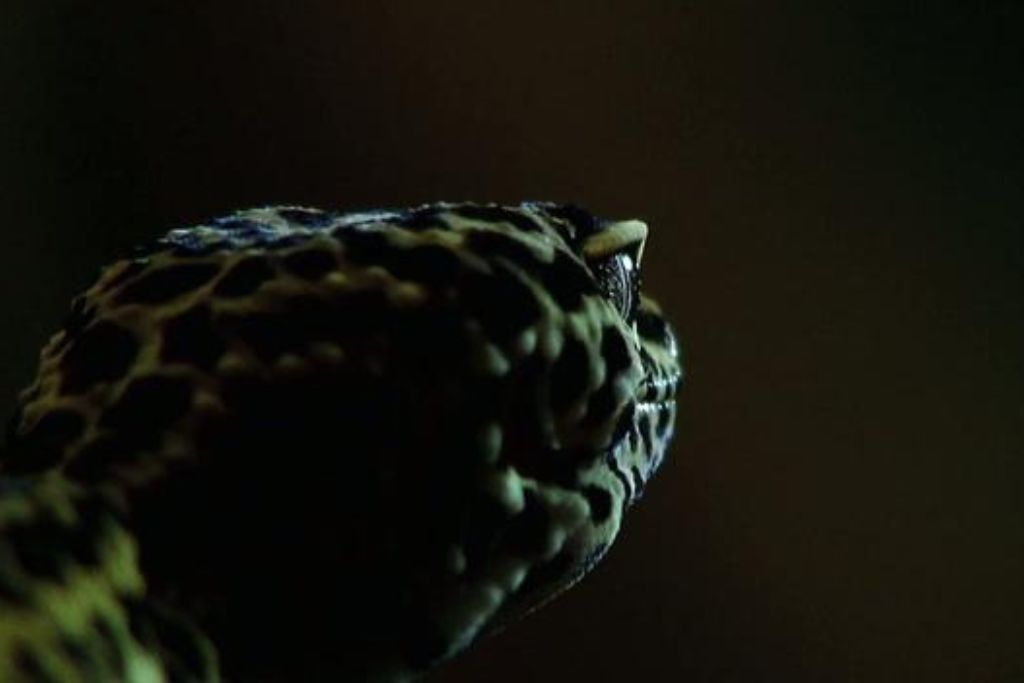
Now that we’ve got everything in place, let’s start on the exciting part. The creation of your leopard gecko’s perfect moist hide is just a few steps away.
- Prepare the Container: Clean the plastic container thoroughly using a safe disinfectant. Make sure to rinse it well and let it dry.
- Create an Entrance: Next, using the craft knife, cut a hole in the side of the container. This will act as an entrance for your gecko.
- Safety First: Cover the cut edges with heat-proof tape to ensure your gecko doesn’t get any scratches.
- Add the Substrate: Now fill the container halfway with sphagnum moss or coconut fiber.
- Moisten the Substrate: Use the spray bottle to moisten the substrate. It should feel damp, not soaking.
- Position the Hide: Finally, place the moist hide in a cool part of your gecko’s enclosure. Now it’s ready for use!
Alternative Options for Increasing Humidity
What if you want more ways to keep your gecko’s environment humid beyond just the moist hide? Well, there are alternative methods to help maintain humidity in your leopard gecko’s enclosure. Let’s explore some of these additional options.
- Water Dish: A large water dish in the enclosure can help raise humidity levels. Plus, it gives your gecko a convenient spot for drinking.
- Humidifiers: Small reptile-friendly humidifiers are available in pet stores. They can significantly add to your gecko’s enclosure, particularly in dry climates.
- Misting: Spraying water into the enclosure (misting) is another way to boost humidity. Just remember, don’t overdo it. Too much moisture can be as bad as too little!
- Humidity Mats: Reptile humidity mats can also be used. They work by releasing water vapor into the enclosure when heated.
Conclusion
Remember the secret to a happy leopard gecko lies in recreating its natural habitat as closely as possible. A moist hide is a significant part of that process. It’s not just an accessory in their enclosure but an essential aspect of their well-being. So, why wait?
Follow the steps you learned today and create a comfortable and safe environment for your adorable pet. Your leopard gecko will thank you for its vibrant colors, active behavior, and long, healthy life!
FAQs
How Do You Make a Moist Hide?
First, gather all necessary materials: a plastic container, a craft knife, heat-proof tape, sphagnum moss or coconut fiber, a spray bottle, and a safe, non-toxic disinfectant. Clean the container, cut an entrance, cover sharp edges with tape, fill it with moss or fiber, and moisten the substrate. Position it in a cool part of the enclosure.
Do Leopard Geckos Soak in Water?
No. Typically, leopard geckos don’t soak in water as some other reptiles do. However, they will appreciate a moist hide to help with shedding and hydration.
Do Leopard Geckos Need a Moist Hide All the Time?
Yes, a moist hide should always be available in a leopard gecko’s enclosure. It assists with shedding and helps to maintain appropriate hydration levels.

